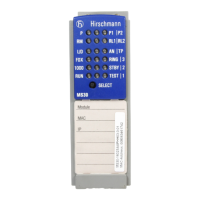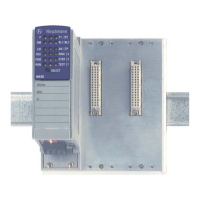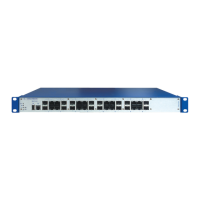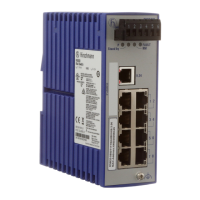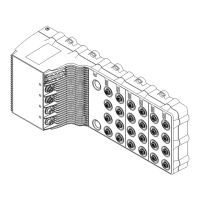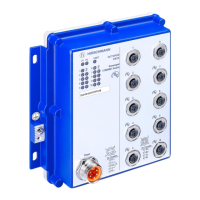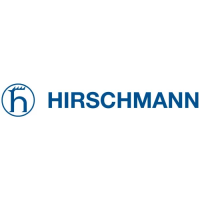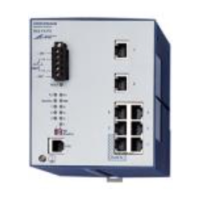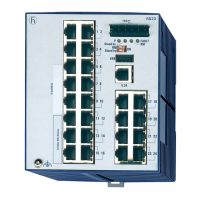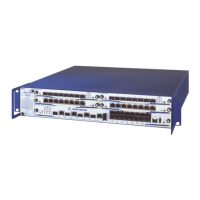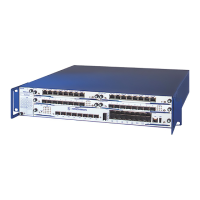
Do you have a question about the Hirschmann Power MICE and is the answer not in the manual?
| Brand | Hirschmann |
|---|---|
| Model | Power MICE |
| Category | Network Router |
| Language | English |
Enables selection of boot software, updates, starts, ends, and erases configurations.
Allows device configuration via local or remote connections using CLI commands.
Provides graphical configuration of the switch via a web browser.
Covers IP address classification, network masks, and usage examples.
Configures IP parameters using the Command Line Interface via V.24.
Assigns IP parameters to the switch via the Ethernet using HiDiscovery.
Loads configuration data from an AutoConfiguration Adapter (ACA).
Configures the switch using the BOOTP protocol for initial setup.
Configures the switch using the DHCP protocol for initial setup.
Configures the switch using DHCP Option 82 based on network topology.
Defines network parameters and assigns IP parameters via the Web-based Interface.
Describes plug-and-play solutions for replacing faulty switches.
Details methods for loading switch configurations from various sources.
Details methods for saving switch configurations locally or remotely.
Displays the release number of the software installed on the ACA.
Outlines options for updating switch software via ACA, TFTP, or file selector.
Enables/disables individual ports for enhanced access security.
Configures port operation mode like transmission rate and duplex.
Allows disabling the display of connection error messages.
Configures Power over Ethernet function for PoE-enabled modules.
Covers setting read-only and read/write SNMP passwords for security.
Details enabling/disabling Telnet, Web, and SSH server access.
Secures the switch by disabling or limiting the HiDiscovery function.
Explains MAC/IP based port security and actions on unauthorized access attempts.
Describes IEEE 802.1X for device authentication and authorization.
Covers filtering, forwarding, and prioritizing data packets using MAC/IP ACLs.
Allows manual system time entry and calculation of time differences.
Explains the Simple Network Time Protocol for time synchronization.
Details the IEEE 1588 standard for high-accuracy time synchronization.
Discusses coexistence and potential conflicts between PTP and SNTP protocols.
Describes methods for managing network traffic and packet forwarding.
Explains multicast distribution and protocols like IGMP Snooping and GMRP.
Covers setting traffic limits per port to manage network load.
Details mechanisms for prioritizing traffic based on VLAN tags, IP headers, or port settings.
Explains flow control as an overload protection mechanism during heavy traffic.
Covers Virtual LAN configuration, IDs, and port membership.
Explains how the switch reports unusual events via alarm messages (traps).
Provides an overview of the switch's overall condition and status reporting.
Details using signal contacts for controlling external devices and monitoring switch functions.
Displays the status of individual ports on the switch.
Shows port statistics and event counters to identify network problems.
Views current connection to SFP modules and their properties.
Checks connected cables for short circuits or interruptions.
Explains the Link Layer Discovery Protocol (LLDP) for detecting network topology.
Describes mechanisms to detect and eliminate IP address conflicts on the network.
Covers accessing diagnostic reports like log files and system information.
Allows monitoring of data traffic on a specific port by copying it to another port.
Guides on installing and configuring a DHCP/BOOTP server.
Details configuring DHCP Server with Option 82 for network topology assignment.
Details setting up a TFTP server for downloading switch software updates.
Covers generating, uploading, and accessing the switch via SSH keys.
Information on Hirschmann's consulting, training, and support services.
Answers to frequently asked questions found on the Hirschmann website.
Explains the structure and terms used in the Management Information Base (MIB).
Provides a list of abbreviations used throughout the manual.
Lists relevant Request For Comment (RFC) documents for network protocols.
Lists IEEE standards relevant to network protocols and switch functions.
Provides technical specifications for VLANs and Access Control Lists.
Lists copyright information for integrated software components.
Feedback form for users to provide opinions and suggestions on the manual.
